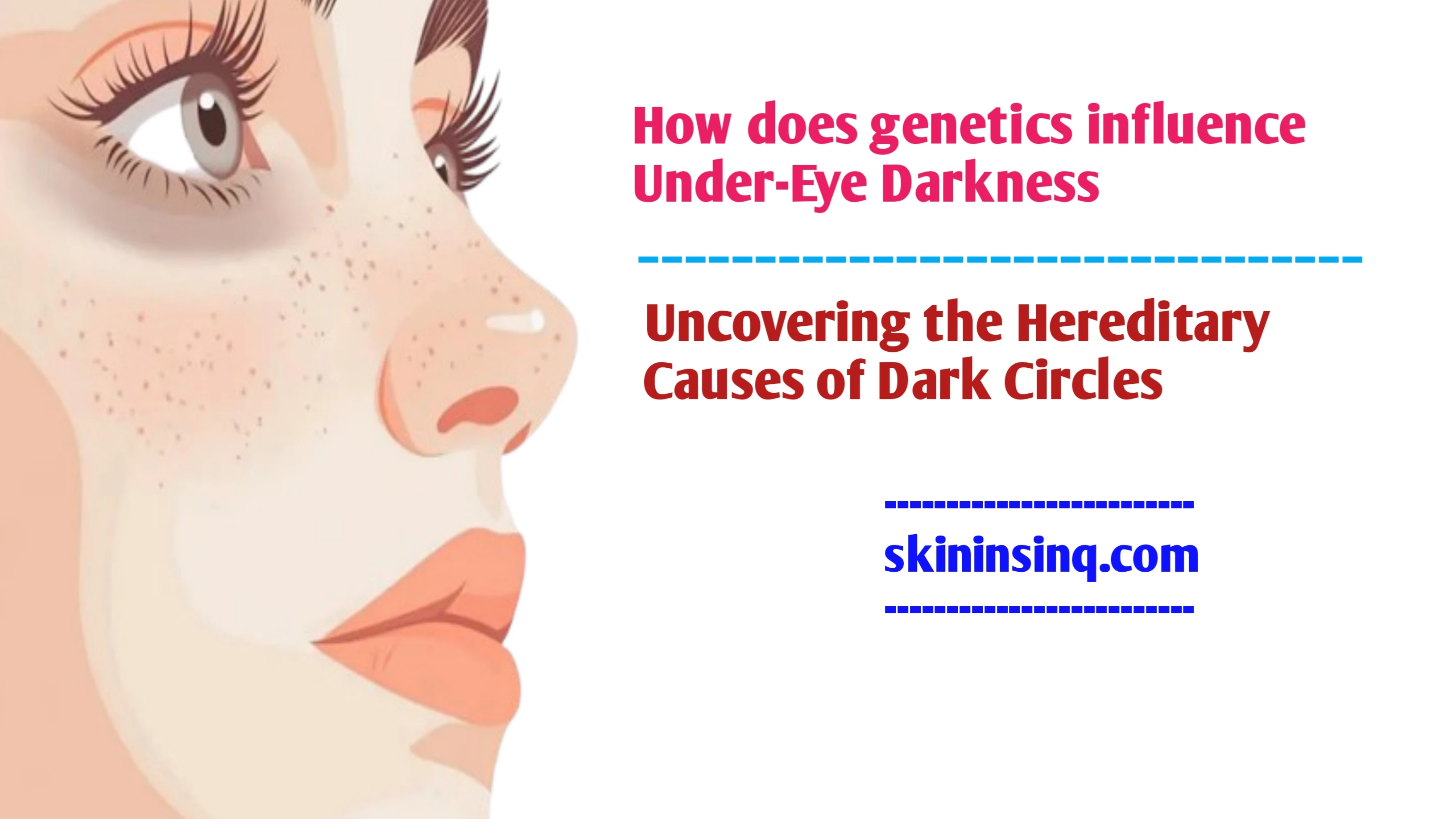How Does Genetics Influence Under-Eye Darkness? Uncovering the Hereditary Causes of Dark Circles
How Does Genetics Influence Under-Eye Darkness? Uncovering the Hereditary Causes of Dark Circles
Dark circles under the eyes are a common cosmetic concern for many people, and while lifestyle factors like lack of sleep, stress, and allergies often get the blame, genetics can play a major—sometimes dominant—role. If you’ve struggled with persistent under-eye darkness despite healthy habits, it’s possible that the issue runs in your family.
What Are Genetic Dark Circles?
Genetic dark circles, also known as hereditary periorbital hyperpigmentation, refer to under-eye discoloration that is passed down from one generation to the next. These circles typically appear early in life and may become more noticeable with age. Unlike temporary dark circles caused by fatigue or dehydration, genetic ones are more constant and difficult to treat with lifestyle changes alone.
How Genetics Influence Under-Eye Darkness
Several inherited traits can contribute to the appearance of dark circles, including:
1. Thin or Translucent Skin
One of the most common genetic factors is thin skin under the eyes, which makes the underlying blood vessels and muscles more visible. This gives the area a bluish, purplish, or dark hue—especially in people with fair complexions. Because the under-eye skin is already the thinnest on the body, any additional thinning or translucency due to genetics can make darkness more prominent.
2. Excess Pigmentation
Some people inherit a tendency for increased melanin production in the under-eye area, especially those with medium to dark skin tones. This condition, known as periorbital hyperpigmentation, creates a brown or gray tint and can worsen with sun exposure or skin irritation. This type of pigmentation is more difficult to treat than vascular dark circles and often requires targeted topical treatments.
3. Facial Bone Structure
Your bone structure and facial anatomy, both genetically determined, also affect the appearance of dark circles. For instance, deep-set eyes or hollow tear troughs can cast shadows that make the under-eye area appear darker. These “structural dark circles” are not caused by pigmentation or blood vessels but rather by the way light hits the face.
4. Blood Vessel Prominence
Some individuals inherit more visible or dilated blood vessels in the under-eye region. These can create a bluish tone, particularly in lighter skin. The problem may worsen with fatigue, allergies, or aging but often remains present regardless of lifestyle.
Can Genetic Dark Circles Be Treated?
While you can't change your genes, there are ways to minimize the appearance of genetic dark circles:
-
Topical treatments with ingredients like vitamin C, niacinamide, kojic acid, or retinoids can help brighten the area and reduce pigmentation.
-
Dermal fillers can address hollowness and shadowing caused by structural issues.
-
Laser treatments or chemical peels may help reduce pigmentation and improve skin texture.
-
Cold compresses, adequate hydration, and sun protection can prevent the circles from worsening.
-
Color-correcting concealers can temporarily mask the discoloration.
Conclusion
Genetics can significantly influence the presence and severity of under-eye darkness, making some individuals more prone to this condition regardless of their lifestyle. While hereditary dark circles can be stubborn, understanding the underlying cause—whether it’s thin skin, pigmentation, or bone structure—can guide you toward the most effective treatment or cosmetic solution.

Related Blog
What Causes Oily Skin and Can It Be Managed Naturally? Exploring Root Causes and Gentle Solutions
Aug 2, 2025 by Admin
General
What Are the Signs That You Have Sensitive Skin? Key Symptoms to Help You Identify This Delicate Skin Type
Aug 1, 2025 by Admin
General